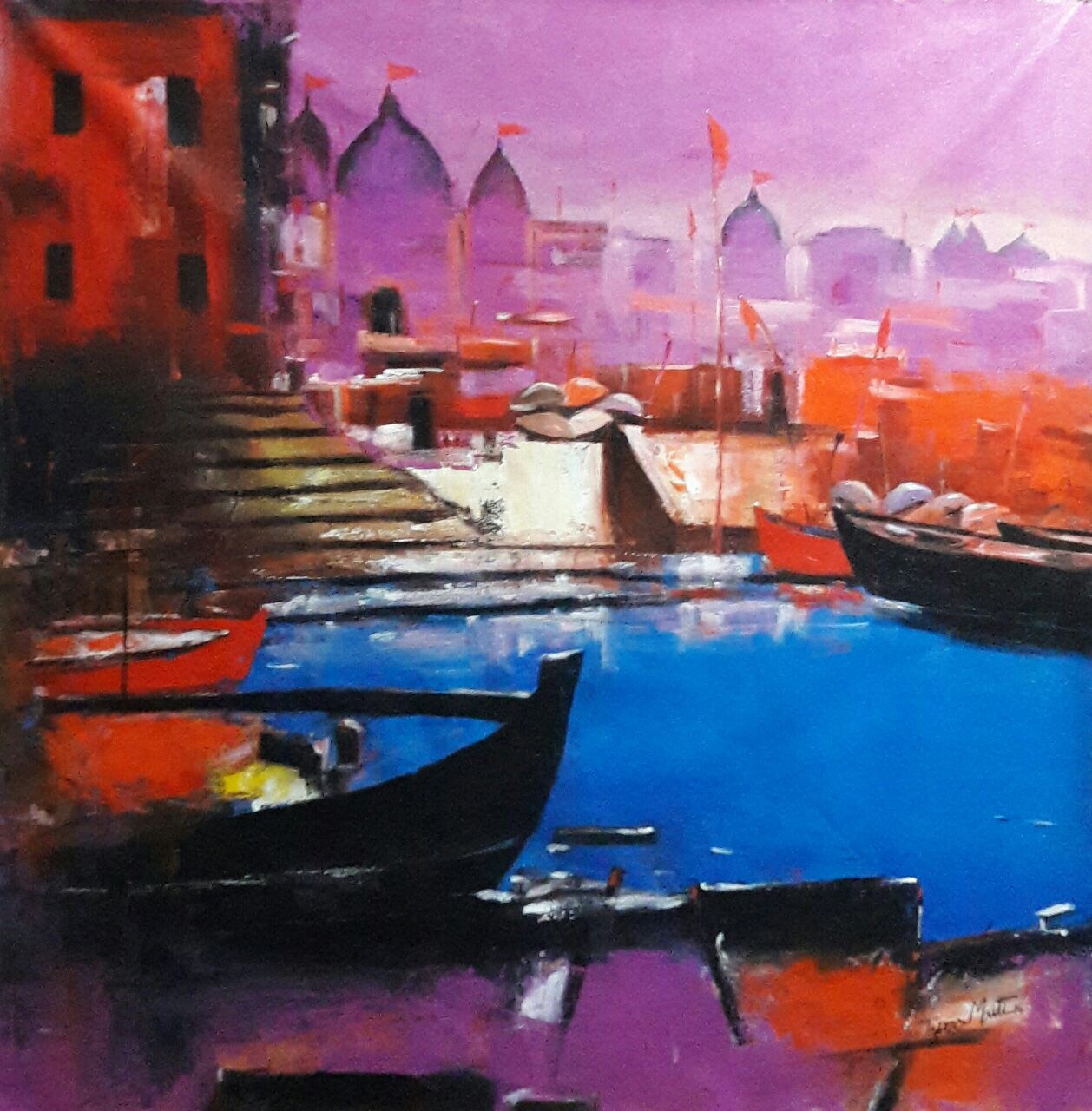Contemporary Indian art is quickly emerging and gaining ground in the global art scene. What started as a movement, some decades back has now caught the attention of art critics and enthusiasts alike all over the world. There is a strong Indian presence in art galleries, exhibitions and auction houses globally. With the emergence of contemporary Indian art, the Indian cultural scene is headed toward renewal and regeneration. Young and artstop from all over the country are experimenting with new styles and forms of art, shedding the clichéd approach and taking a different approach on the contemporary as opposed to the one from the pre-colonial and pre- nationalist era.
Contemporary Indian art is a mix of the radical and the provocative, with new artists experimenting with multiple and immersive forms of expression. Many Indian artists have immigrated towards the west and have incorporated new forms of expression in their works, thereby creating artworks with a fine balance of their past in India and their new-found experiences in the west. There is a huge boom in the art market in the sub-continent and this is pretty evident from art galleries and exhibitions mushrooming all across the country. Contemporary art in India moves through different trajectories from those in the west gathering varied trends from all over the country across all regions. The emergence of regional modern art has caught the attention of art critics and historians with great enthusiasm. A striking feature which engages young and artstop from different regions of the country is the adherence to the medium of easel painting. Today, when more technologically advanced forms of art like new media, installations or photo performance is taking over, the decision to stick to the two-dimensional surface of the canvas by young artists is, in itself, unique to contemporary Indian art.
The return to the more conventional medium of easel painting among the younger artists and not fully embracing the advanced technological approaches to art is an indication of an avant-garde movement started by young and artstop in India. Their assertion to represent a contemporary experience, cutting across a wide variety of art styles and forms, within the constraints of a two-dimensional surface is laudable. Easel painting making a comeback in contemporary Indian art is reminiscent of a prevailing trend in the 1980s in Europe and the United States. However, the ideology of Euro-American artists back in the day is different from the current art scene in India. The heated debate revolved around reconsidering the prospects of easel painting as opposed to the radical alternatives of Minimalism and Conceptualism.
Dialectical discourses on the choice between the figurative and the abstract were common in Europe and the United States in that era. However, contemporary Indian art is a far cry from mimetic representation and the conflict in the modernist art in India emerges from within the figurative modes of art representation themselves. The point of contention is not within the historical and the contemporary but the medium itself. The contemporary art scene in the country is highly vibrant and integrated today. Young and artstop artists have intricately impressed on layered contemporary art canvasses with ground-breaking and innovative artworks transcending across cultural barriers. One can notice the fine blend between the traditional and the modern in the works of these artists while leaving no stone unturned to preserve the rich legacy left by their worthy seniors.

